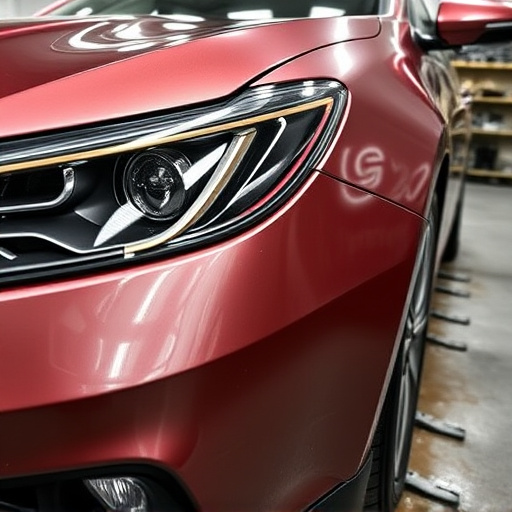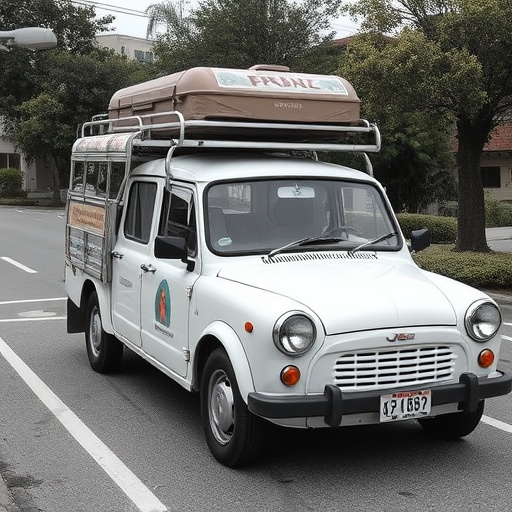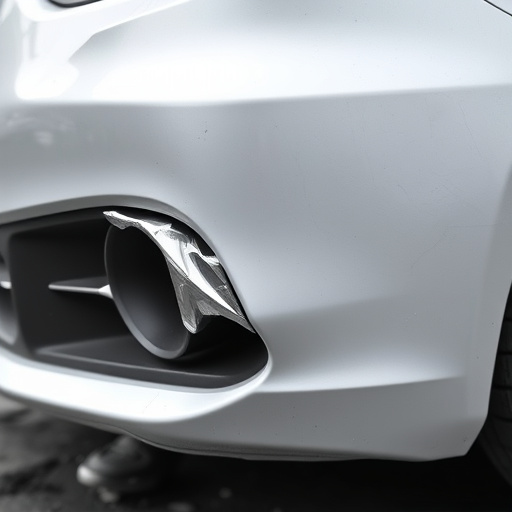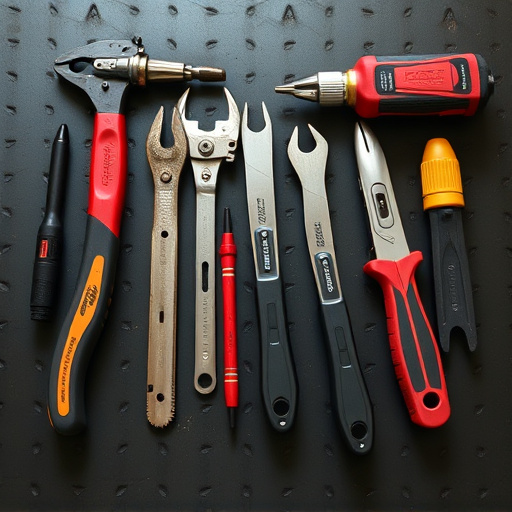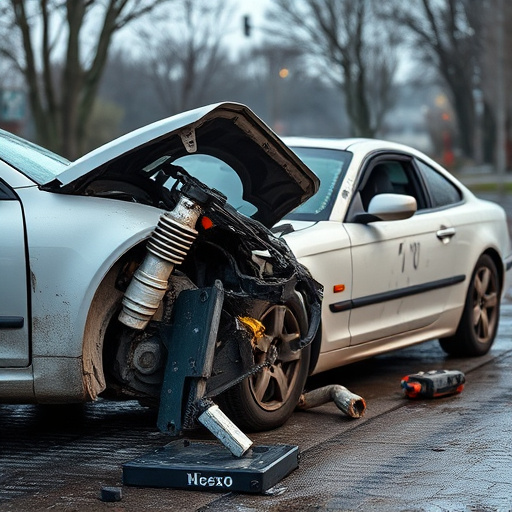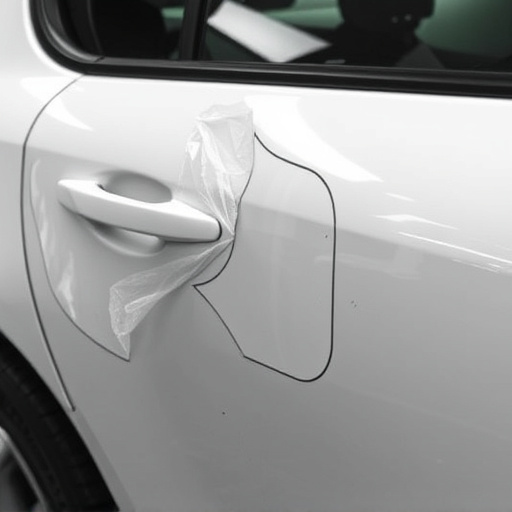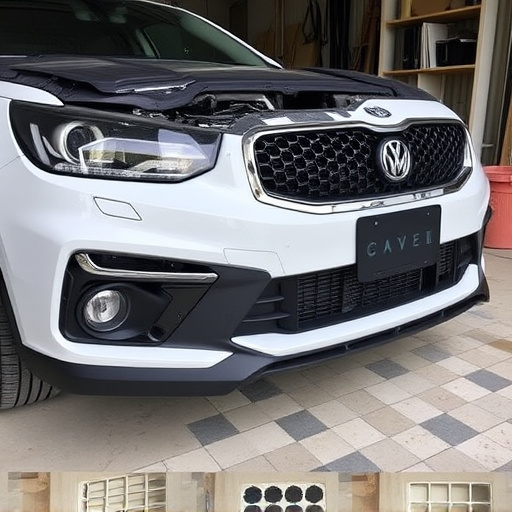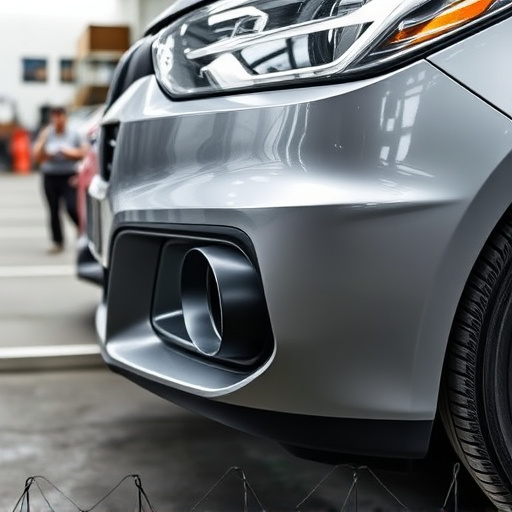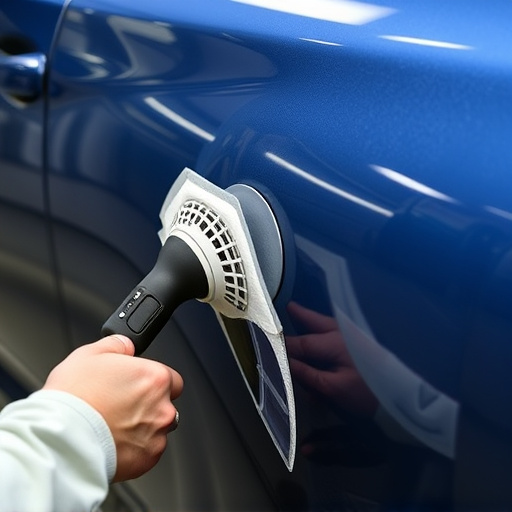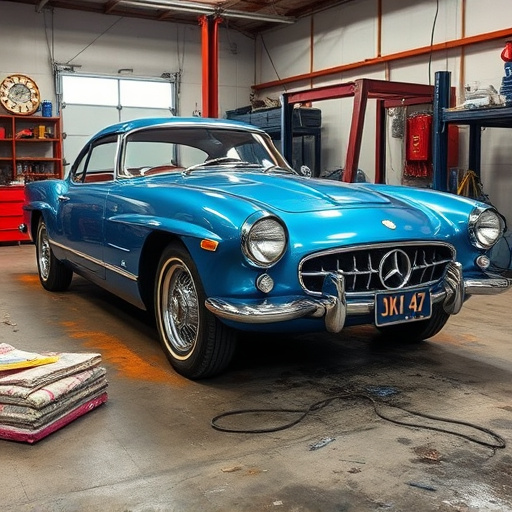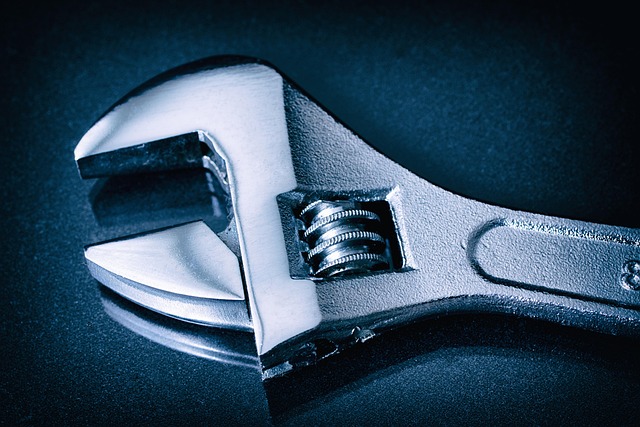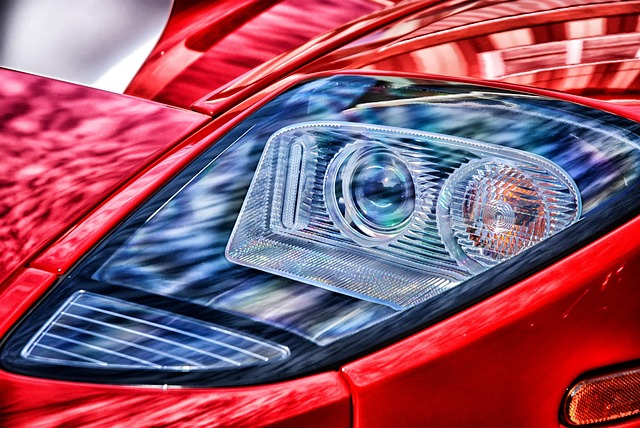For safe and effective headliner repair collisions, utilize secure parking like garages or indoor facilities to protect vehicles from theft, weather, and accidental harm. Conduct pre-repair inspections documenting current condition for accurate scope determination. Employ protective coverings to ensure superior quality, cleanliness, and longevity of repairs, enhancing aesthetics and safety.
When a collision occurs, proper storage of your vehicle during the headliner repair process is crucial. This ensures not only the safety of your car but also the quality of the repair. In this guide, we’ll explore best practices for storing vehicles post-collision, focusing on three key areas: secure parking to prevent further damage, pre-repair inspection for accurate documentation, and protective covering to guarantee top-tier headliner repair results.
- Secure Parking: Choosing the Ideal Location for Safety
- Pre-Repair Inspection: Documenting Vehicle Condition
- Protective Covering: Ensuring Headliner Repair Quality
Secure Parking: Choosing the Ideal Location for Safety
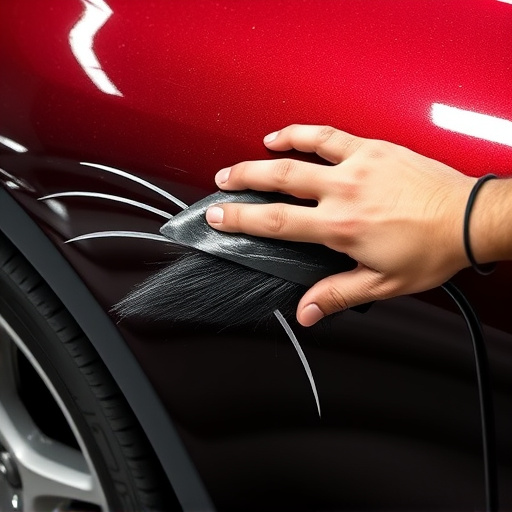
When dealing with a headliner repair collision, proper vehicle storage is crucial for both safety and preserving the car’s condition. The first step is to select a secure parking location. Ideal spots include enclosed, weatherproof garages or indoor storage facilities. Avoid leaving your vehicle on the street or in unsecured outdoor areas, as this exposes it to potential theft, weather damage, or accidental harm from passing traffic.
Consider nearby auto body repairs or car bodywork services that offer storage options as part of their collision repair packages. These establishments are accustomed to handling such situations and can provide a safe environment until the necessary repairs are completed. This proactive approach ensures your vehicle is protected throughout the headliner repair process, giving you peace of mind during what could be a stressful time.
Pre-Repair Inspection: Documenting Vehicle Condition
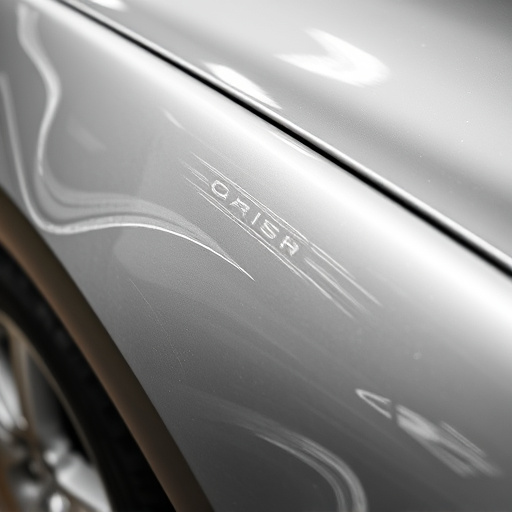
Before any headliner repair or collision repair work begins, it’s crucial to conduct a thorough pre-repair inspection. This involves a meticulous assessment of the entire vehicle to document its current condition. During this process, auto body repair specialists examine the headliner, roof, and surrounding areas for any existing damage, including tears, stains, or loose components. They also check for proper alignment and functionality of the sunroof (if applicable), ensuring that it opens and closes smoothly.
Additionally, the inspection includes a detailed look at the vehicle’s body structure, checking for dents, creases, or other signs of previous accidents. This step is vital as it helps in accurately determining the extent of repair needed, whether it involves simple headliner replacement or more comprehensive collision repair services, including car paint services to restore the vehicle’s aesthetic appeal.
Protective Covering: Ensuring Headliner Repair Quality
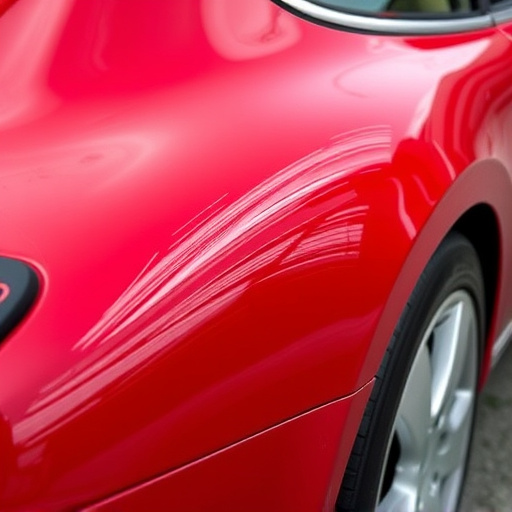
Protective Covering plays a pivotal role in ensuring the quality of Headliner Repair for vehicles involved in a collision. When a vehicle undergoes auto body repairs, especially for headliner repair collision cases, it’s crucial to safeguard the surrounding areas from dirt, debris, and potential damage during the restoration process. A specialized protective covering, typically made from durable materials, acts as a barrier between the repaired headliner and external elements. This simple yet effective step prevents dust, insects, and other contaminants from settling on the freshly repaired surface, ensuring the longevity of the work.
During vehicle repair, especially complex auto body repairs like headliner replacement, the protective covering facilitates a cleaner and more controlled environment. It allows technicians to focus on precision and detail without worrying about external factors compromising the repair. By using these protective measures, you can be assured that your vehicle’s headliner repair collision will result in a high-quality, lasting fix, enhancing the overall aesthetics and safety of your vehicle’s bodywork.
When addressing a headliner repair collision, adhering to best practices ensures your vehicle’s safety and protects its overall quality. Secure parking is paramount; choose a designated area away from traffic for peace of mind. A pre-repair inspection is crucial to documenting any existing damage, guiding the restoration process. Additionally, using protective coverings during repairs guarantees the highest standards in headliner replacement, resulting in a seamless and satisfying restoration experience.
